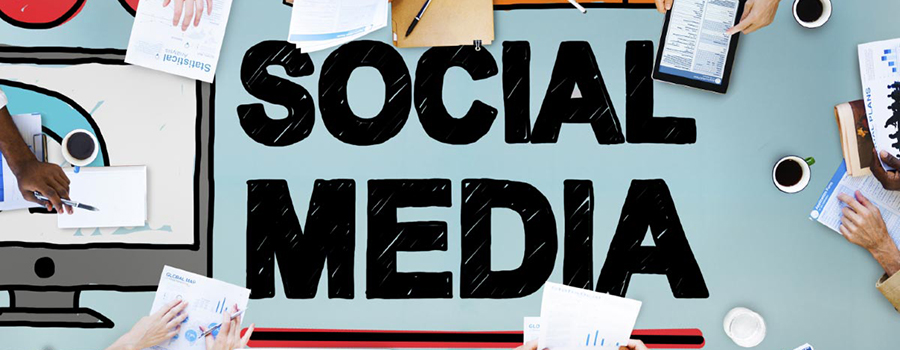THE BRAIN ON SOCIAL MEDIA
The endless stream of communication and connection provided by social media is changing the way we think and absorb information
From a neurological perspective, social media affects different brain functions in unique ways. It contains many combinations of stimuli that can trigger different reactions, and because of this, social media’s effects on the brain appear in a variety of ways.
Positive attention on social media, for example, affects multiple parts of the brain. According to an article in Social Cognitive and Affective Neuroscience, accruing likes on Facebook, Twitter, or Instagram causes “activation in BRAIN CIRCUITY IMPLICATED IN REWARD, including the striatum and ventral tegmental area, regions also implicated in the experience of receiving Likes from others.” This sounds really complicated and involved, but when approached from a different perspective, it becomes a little more digestible.
The ventral tegmental area (VTA) is one of the primary parts responsible for determining the rewards system in people’s bodies. When social media users receive positive feedback (likes), their brains fire off dopamine receptors, which is facilitated in part by the VTA.
Another study that employed the use of MRI technology to monitor brain activity found similar results. As researchers analyzed the BRAINS OF ADOLESCENTS browsing Instagram, they found that “viewing photos with many (compared with few) likes was associated with greater activity in neural regions implicated in reward processing, social cognition, imitation, and attention.”
Again, with social media so tightly connected to individuals’ rewards systems, users should realize the power – and possibility for abuse – of the platforms they use. Things like gambling and narcotic drugs have the power to rule over the brain’s rewards system in a similar capacity. Social media users should be aware of these parallels to avoid potential pitfalls.
Outside of the rewards systems, social media stimuli can affect the brain’s decision-making and emotional processing functions. In yet another study that observed the brain activity in adolescents, researchers found that parts of the brain that deal with emotional and sensory processing reacted noticeably when PARTICIPANTS FELT EXCLUDED. This study highlighted the effects of “online social exclusion” on the developing brains of adolescents. What this means is that when social media users are excluded from online groups, chats, or events, the brain reacts in these specific regions directly.
The research on social media and how the PARTS OF THE BRAIN react to it is still in the early stages. While these studies reflect an effort toward better understanding the effects of social media on different parts of the brain, there’s still a lot of progress to be made

